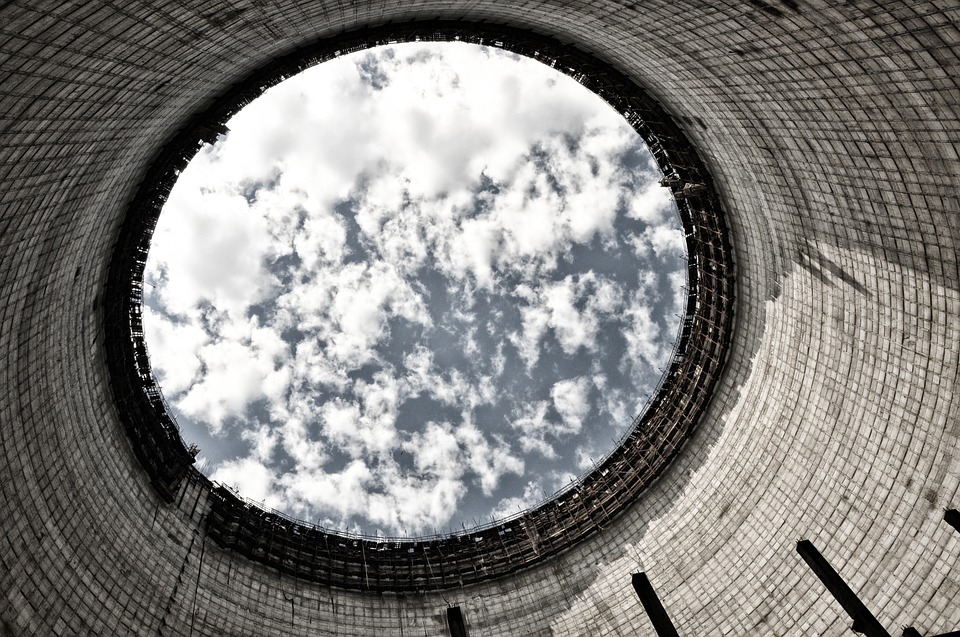Have you ever been in an ice cold office in a warm desert? Maybe you’ve sat down for a bite to eat at a nice breezy restaurant to shelter from a sweltering humid day. Have you ever actually wondered how that’s possible? It’s all thanks to cool towers!
How Do Cooling Towers Work?
For a more in depth and understandable explanation, visit cooling tower engineering. If you’re just here for some basics, here’s how they work:
The most common type of cooling tower is called an HVAC system. This stands for heating, ventilation, and air conditioning. You might have seen what looks like a small water tower hanging off the back of a building. It’s actually an HVAC system, and it’s used to take hot air out of a chilled building. Imagine a vacuum but for nasty humidity!
Some cooling towers are massive beasts the size of a house! Others can be smaller, for less large scale operations. It all depends on how big a building is, it’s location, and what it’s used for. For example, a supermarket in France might have a smaller cooling tower than a petroleum field in Saudi Arabia.
Cooling Tower Classifications
There’s a few ways we can type together cooling towers. One method is by it’s build:
- Field erection build – These are the gigantic monsters of towers usually used for industrial purposes. You may have seen one at a power plant, oil rig, or even a chemical/metal processing plant. These are very large, and can be arranged to fit any custom dimension.
- Package build – These pre designed models are easier to transport for small operations. Usually, the places where they can be found don’t have a major need for cooling at a massive rate. Thus, you can find these at offices, hospitals, schools, and other buildings with the purpose of holding people. These models are typically made from a heat resistant metal, and can last a very long time. They are usually super durable and have a layer of a fibreglass, sometimes two!
We can also group cooling towers by the way the heat is transferred. This includes:
- Open or “wet” cooling towers – This kind is used all over, because it’s cheap, and very easy to maintain. They use water cooling (which is very environmentally friendly), and heat can be measured by the rate at which the moisture is passing through the tower. These do create some emissions, which are not harmful, but often require special nearby machinery to process.
- “Dry” cooling towers – These don’t use any water at all. Rather, they use fans to disperse and move heat particles. This dispersion gets rid of the heat, and works in the same way as your ceiling fan, only on a much larger scale.
- Closed circuit “fluid” towers – This model operates by mixing water and chemicals to form a special cooling mixture. This mixture is extremely powerful and easy to use, thus making it highly efficient and a favorite among cooling tower users.



